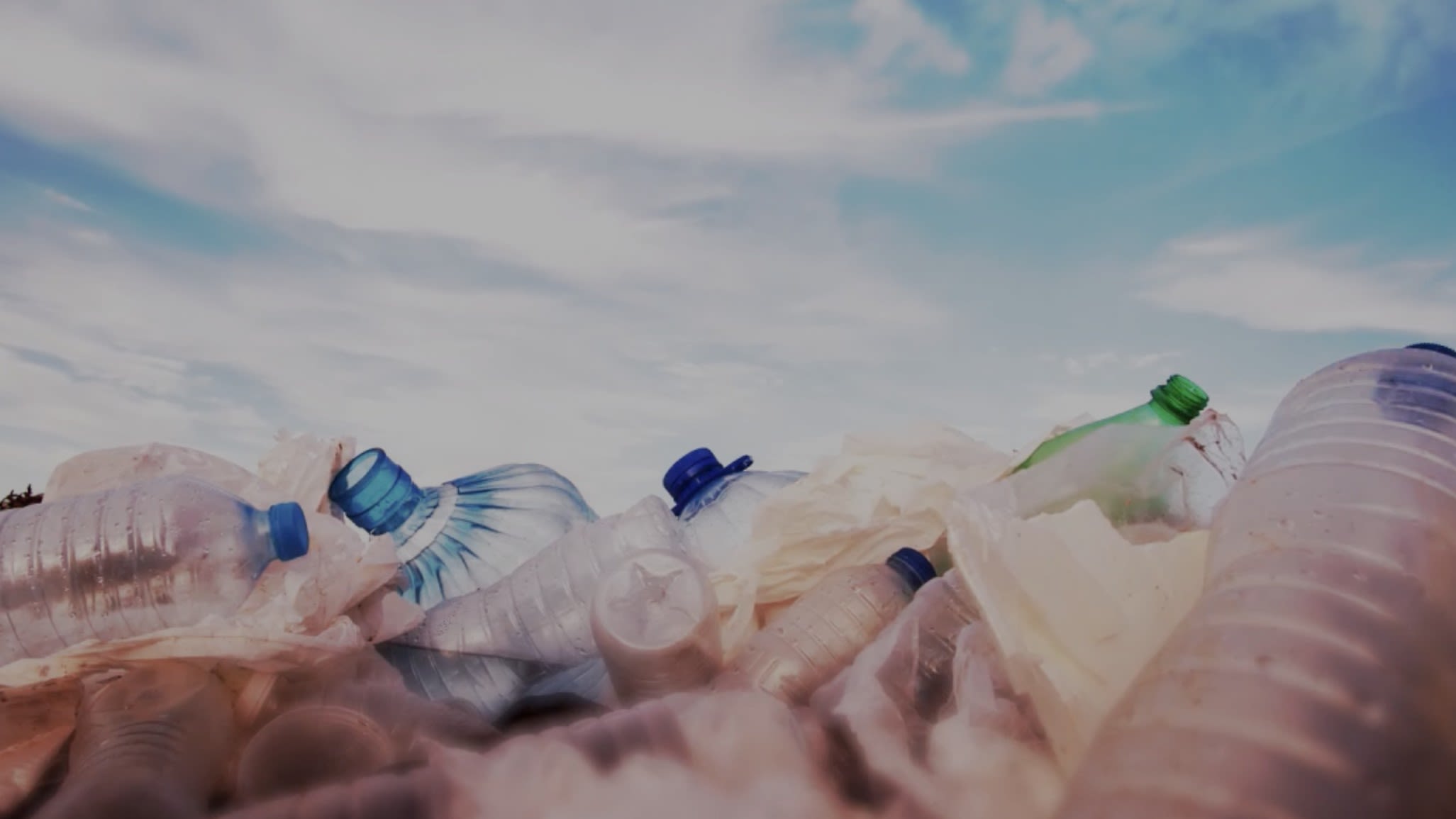Recycling plastics
Which plastics are really recyclable and what happens to them when they leave your bin?
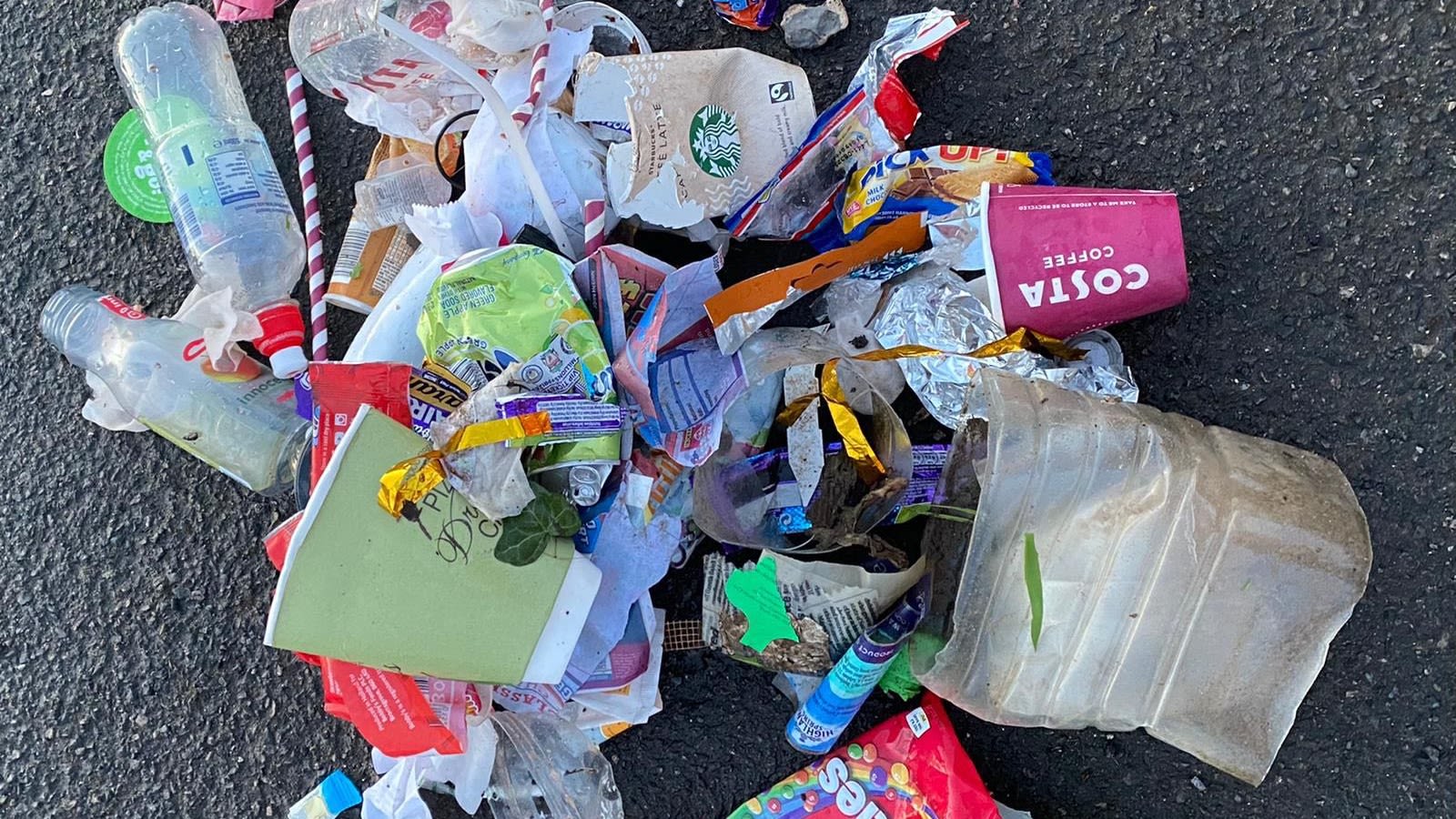
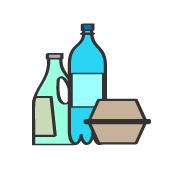
The European Union's waste policy is based on the principles of The Waste Hierarchy. This sets out to promote a shift to a more sustainable "circular economy." The waste hierarchy sets a priority order for all waste prevention and management which puts the emphasis on prevention, reusing and recycling waste.
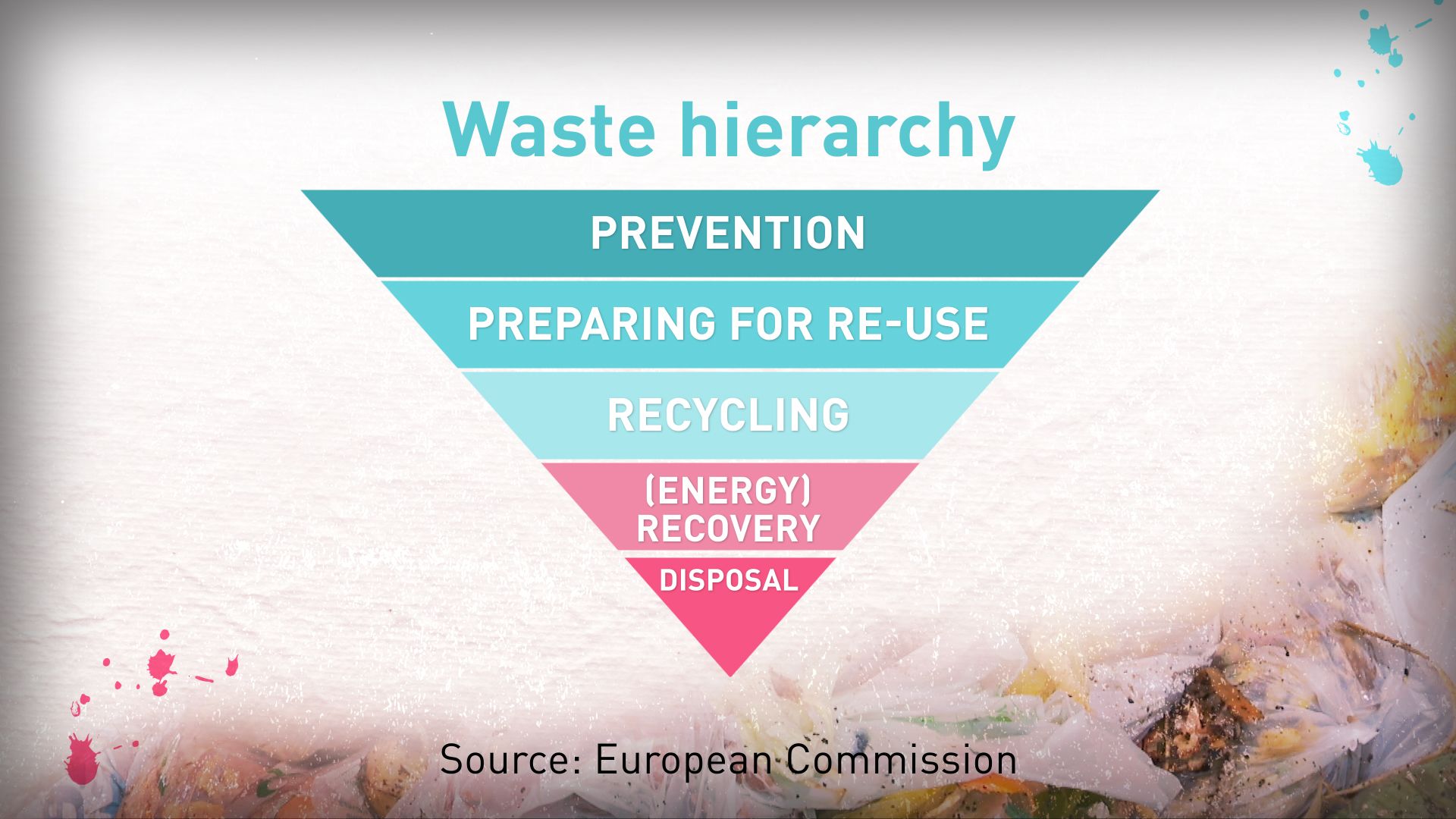
But how realistic are these goals and what is the reality of European countries' recycling policies? We have already explored the bottom of the chain and seen the best of energy recovery and the worst of landfill in Where Does Our Waste Go? So let's now look at the good, the bad and the innovative from the rest of the waste hierarchy.
Considering the ever-increasing clamor for environmental responsibility, you may be surprised to learn that the consumption of plastics in Europe has not declined but risen in the last couple of decades.
According to Plastics Europe, our plastic waste has risen from 24.5 million tonnes in 2006 to 29.1 million tonnes in 2019 - a rise of 19%. The plastics industry is thriving, employing more than 1.5 million people around Europe and registering a turnover of more than $420 billion in 2019.
Technology has promised great strides in the disposal of plastics over the years but the reality is that plastics pollution has continued to blight European landscapes and pollute our rivers and oceans.
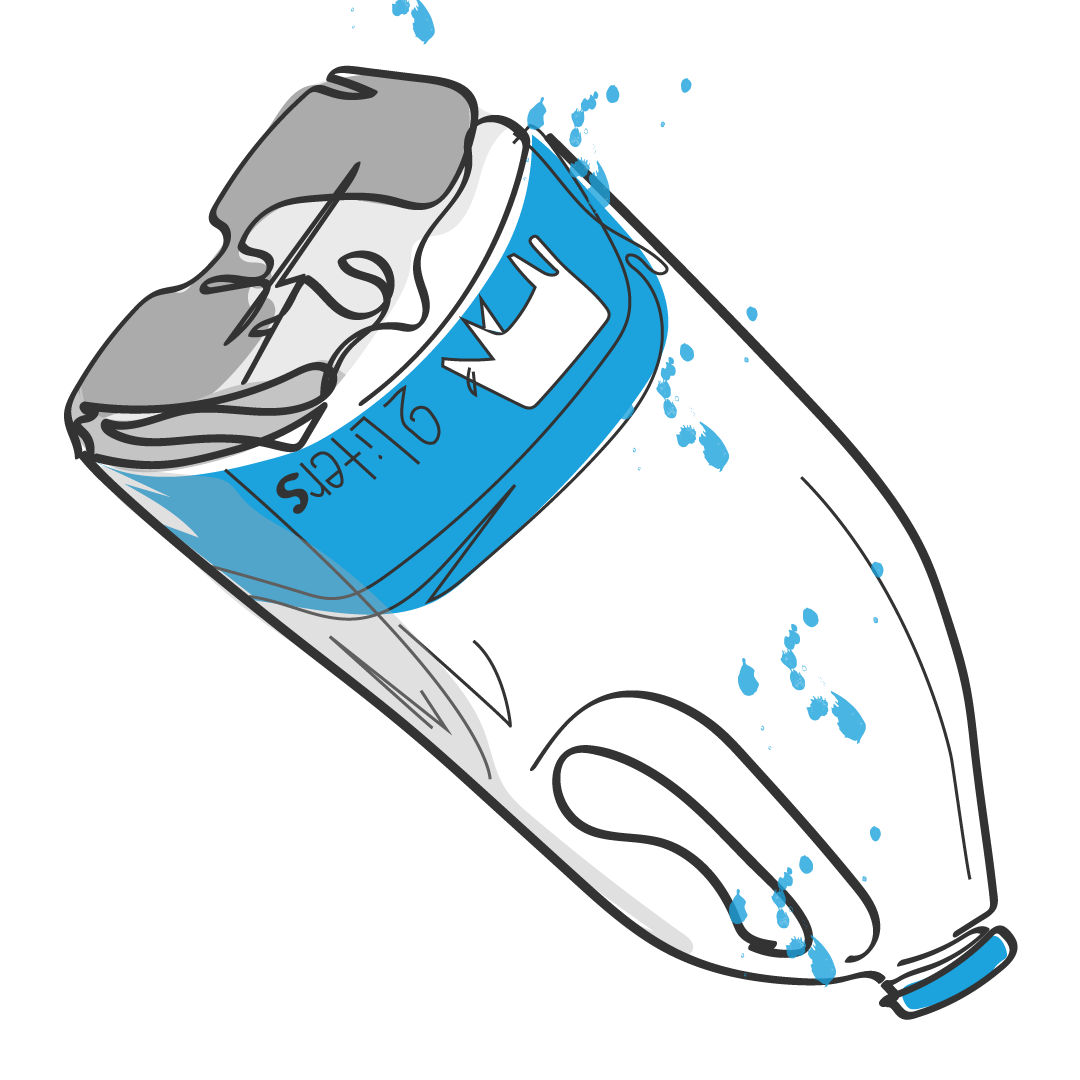
The biggest source of plastics consumption – 39 percent of the 50.7 million tonnes consumed in Europe each year – is packaging. Plastic packaging is cheap, flexible and very useful in preserving our products in transit and keeping our takeaways warm and tidy – so it's a pity it's choking the planet.
What’s in a German bin?
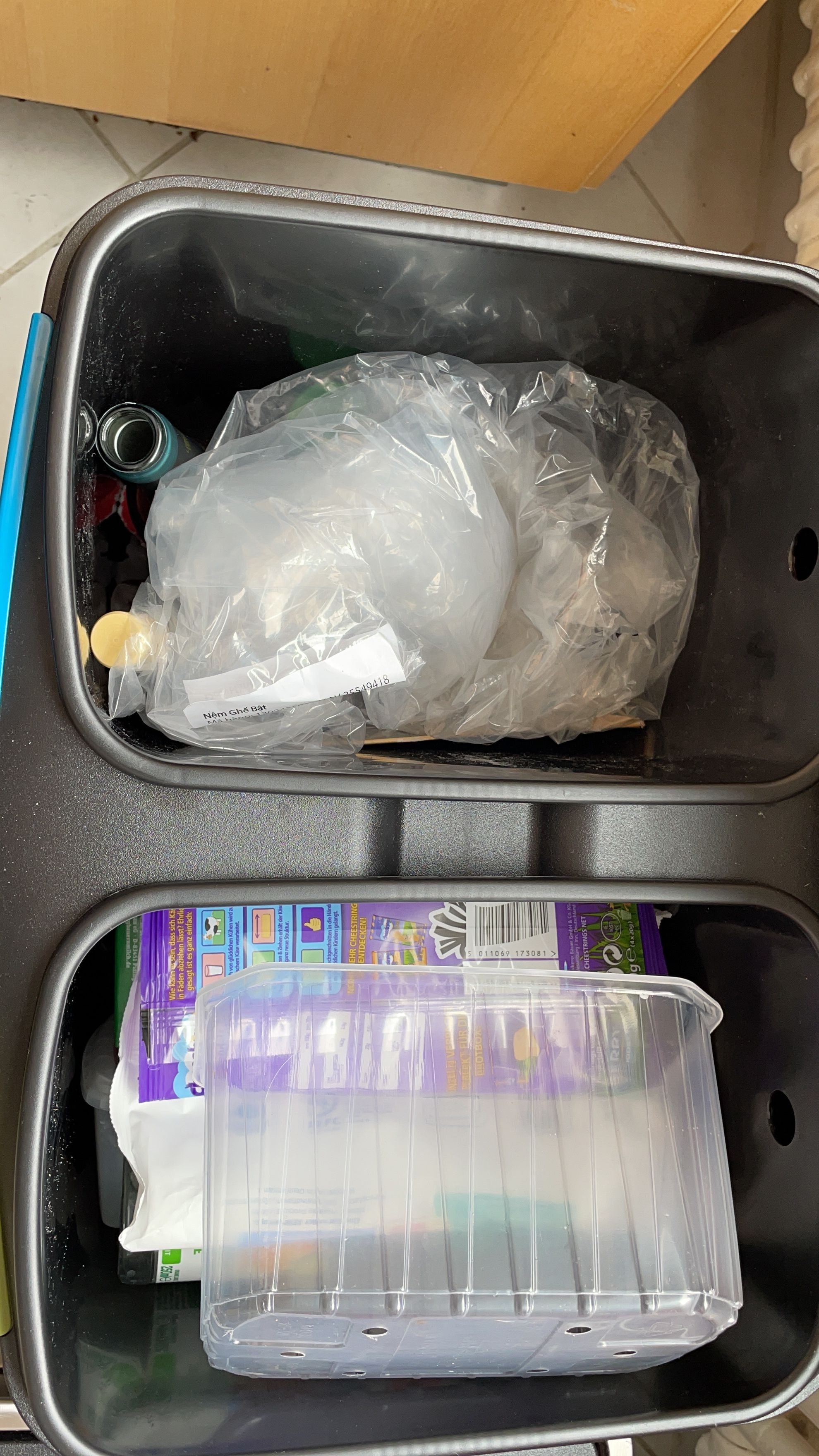
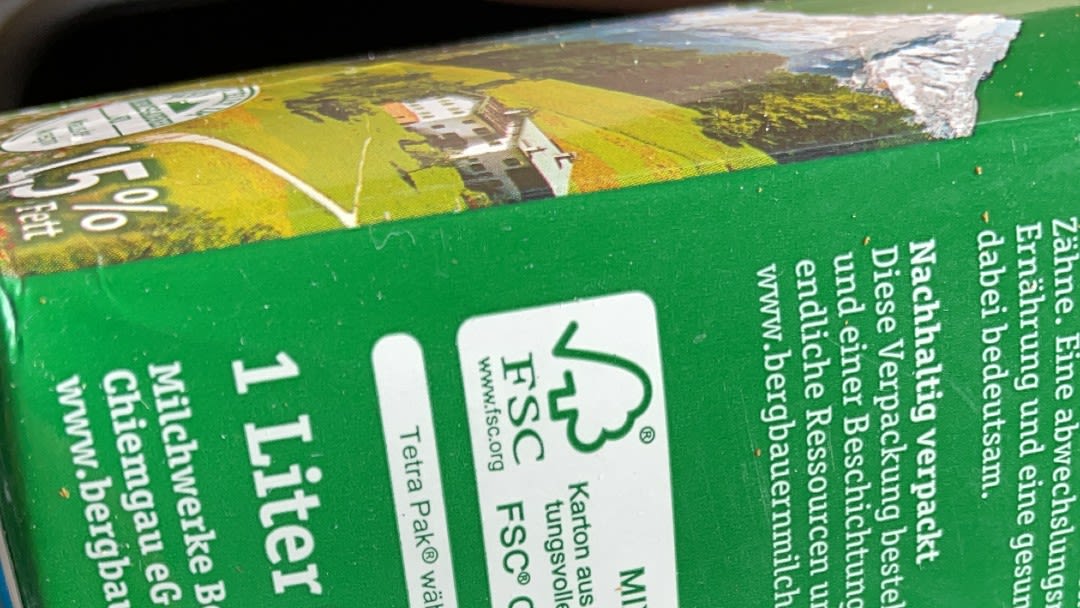
Milk cartons can be confusing to recycle. /Natalie Carney
Milk cartons can be confusing to recycle. /Natalie Carney
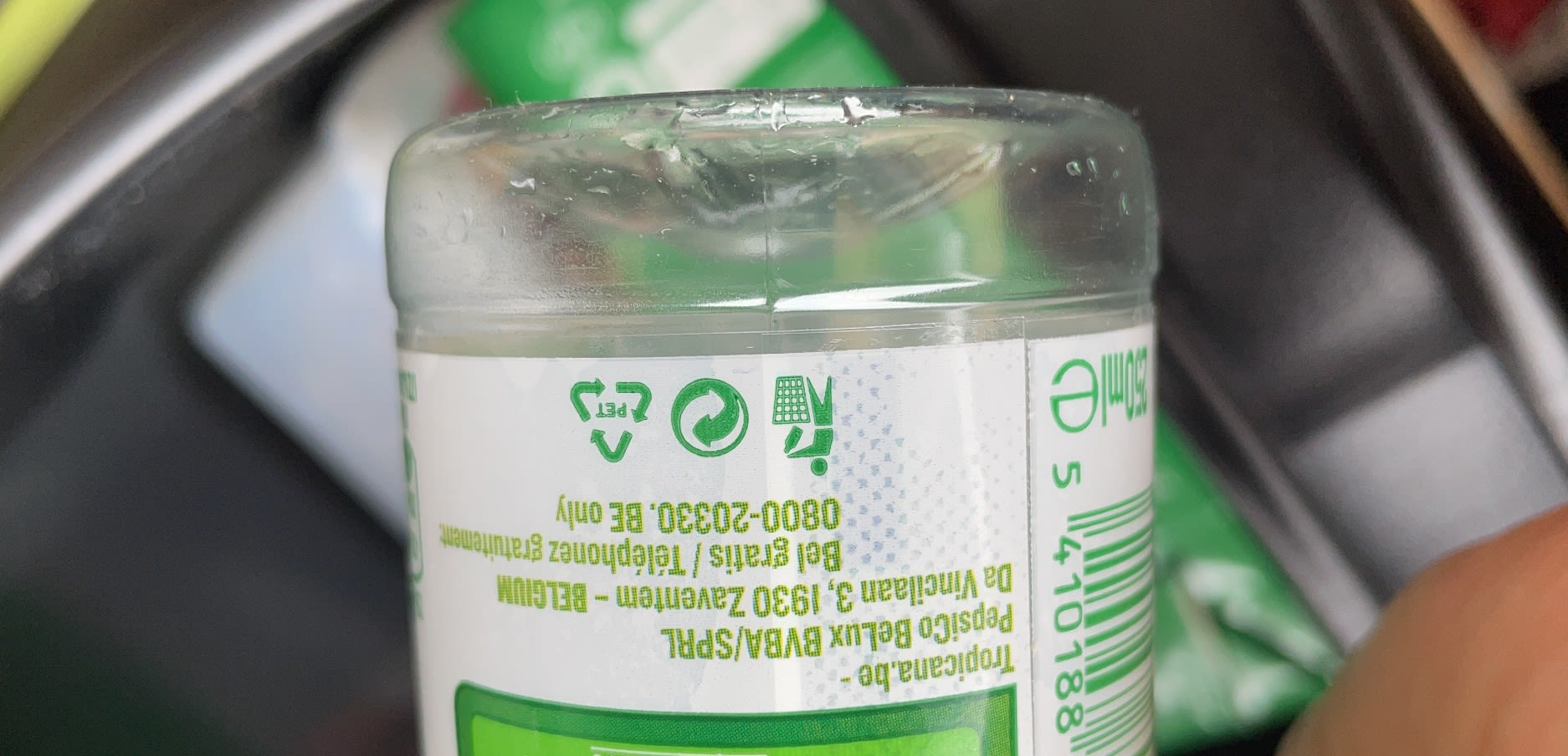
Plastic juice bottles are often put into recycling. /Natalie Carney
Plastic juice bottles are often put into recycling. /Natalie Carney
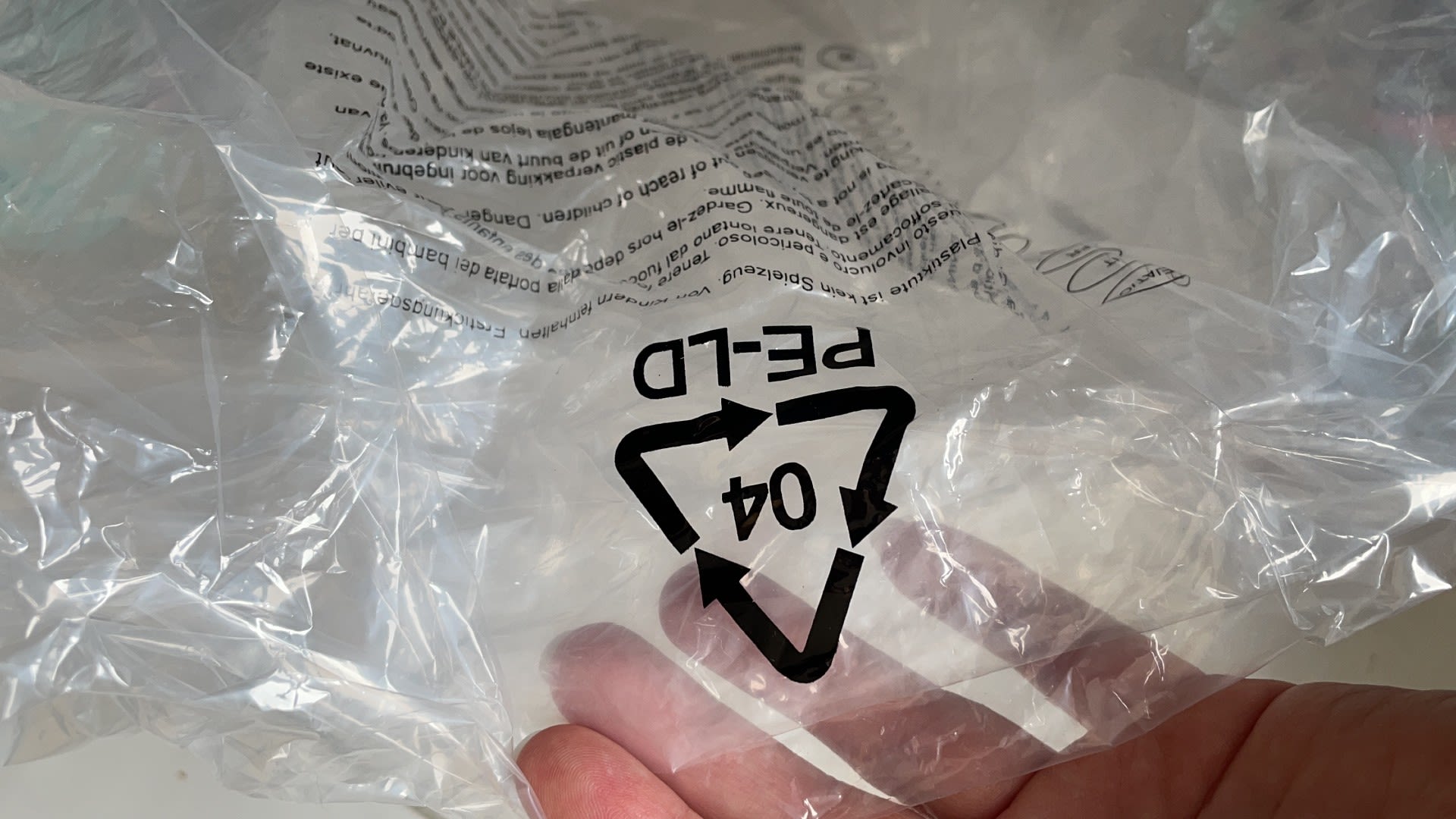
Many online products come in a lot of plastic packaging. /Natalie Carney
Many online products come in a lot of plastic packaging. /Natalie Carney
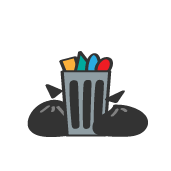
We start in Germany, a country that consumes nearly 24 percent of all plastics produced each year in Europe. Germany collects 5.3 million tonnes of plastic waste for recycling every year and 3.1 million tonnes of that is food packaging. The Germans have been recycling for decades, so what expertise can they share about plastic recycling – and should we be worried or not?
Munich-based CGTN correspondent Natalie Carney had a close look at her own bins. Germany has prided itself on recycling and waste disposal and Carney felt fairly confident that she would be pleased with the results.
"In Germany we're very used to separating everything within the household," she says. "Most homes have several bins for different materials, which are unloaded into bigger bins on the street which are emptied regularly. The Germans pride themselves on being the best recyclers in the world."
However, on close inspection, Carney was surprised by what she found.
"First out of the recycling bin is a plastic bottle used for orange juice. And on the back here, it does say that it's PET recyclable, which is one of the most highly recyclable products. So that’s good. The question really is: Is it recycled?
"Up next, individually wrapped portions of pretzels – my husband loves these, there's a lot of these in the recycling bin… it does show the recycling symbol with the number five in the middle. Really not sure what that means. So we're going to have to ask the experts: Is this really going to be recycled or end up in a landfill?"
Carney is not alone in being confused about which plastics can and can't be recycled – the same conversation is had every day in millions of kitchens across Europe.
"I just assumed, being a plastic product, that it is," admits Carney. "But I've also heard from some people that if the item has contained food, that it's likely unrecyclable – and with no indicators on this, maybe I am putting it in the wrong bin."
With so many questions around which plastics to recycle, CGTN Europe set out to lift the lid on plastics in the waste chain starting in Germany where the recycling dream is etched into the cultural conscience – does it stand up to scrutiny.
Germany is going to ban single-use plastics such as beverage containers and plastic bags, which is good news for the policy of prevention – the top level of the waste hierarchy.
But let's have a closer look at what the recycling symbols on the back of your plastics mean.
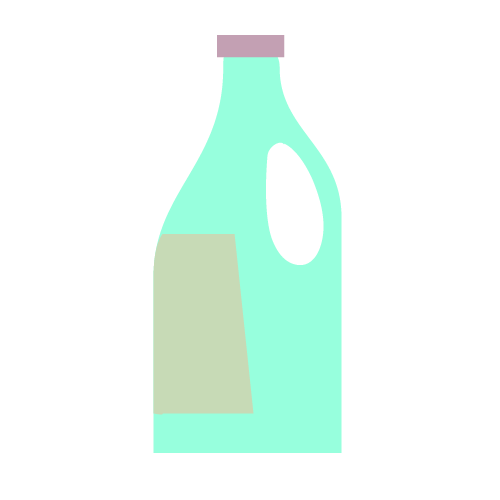
The magic numbers
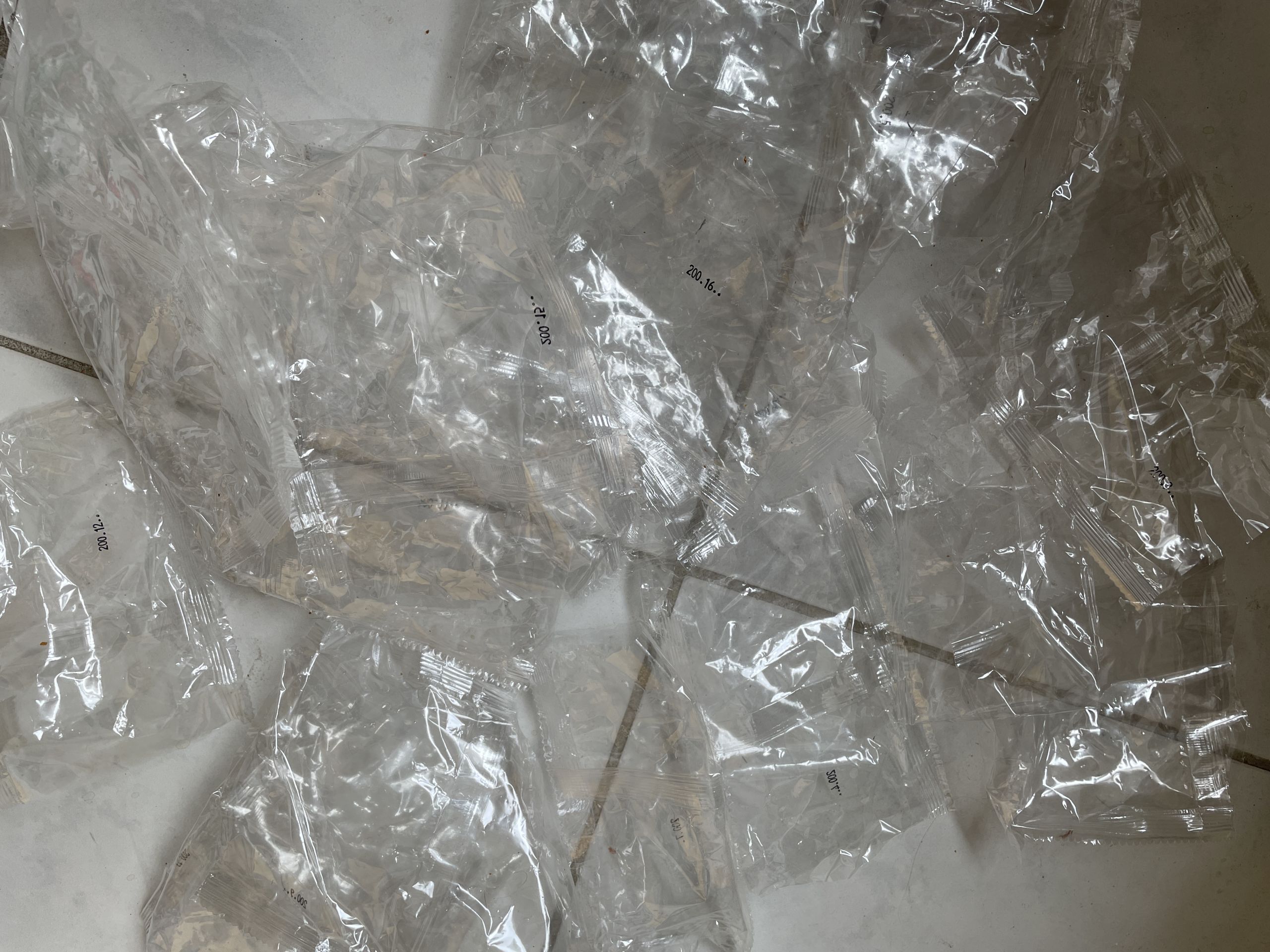
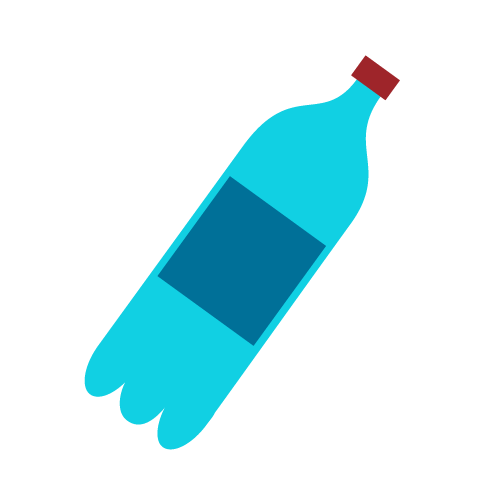
We're told that plastic is recyclable, but it's not as cut and dried as that. So when we buy goods in plastic packaging, how do we know if it is recyclable? What do the symbols mean?
Number 1 means it is polyethylene terephthalate (PET). It’s used by most bottled drink manufacturers and it’s easy to recycle into more PET products.
Number 2 is used for bleach, detergent, shampoo bottles and yoghurt pots. It can be recycled for the same products again and again.
Number 3 means the plastic is PVC. It's tough and weatherproof so it's not easy to recycle, but it can be used to produce mud-flaps, mats and even car parts.
Number 4 is low-density polyethylene. We use it for food bags, shopping bags and magazine wrapping. It can easily be recycled into plastic bin liners and even some furniture.
Number 5 is polypropylene, often used to hold hot liquid – so often for those coffee cups. It's recycled into items like pallets, trays and food containers.
Number 6 is on protective packaging and insulation. It can be recycled to produce more packaging.
Number 7 is a different matter: Anything that has the symbol 7 is very difficult to recycle. You see this symbol on crisp packets, salad bags and any composites. This goes straight to landfill.
This plethora of plastic types complicates recycling, as does the variety of ways in which different countries treat waste.
"With plastic packaging, it's up to 40 percent that is recycled, but it's recycled according to different methodologies that are not always very clear," says Piotr Barczak, a senior policy officer for waste at the European Environmental Bureau and a spokesperson for Zero Waste Poland.
"So the real recycling rate would be less" than the headline 40 percent figure, he insists. And for non-packaging plastic products, "the recycling rate is even less – it's said that it's about 10-11 percent."

Exporting the problem
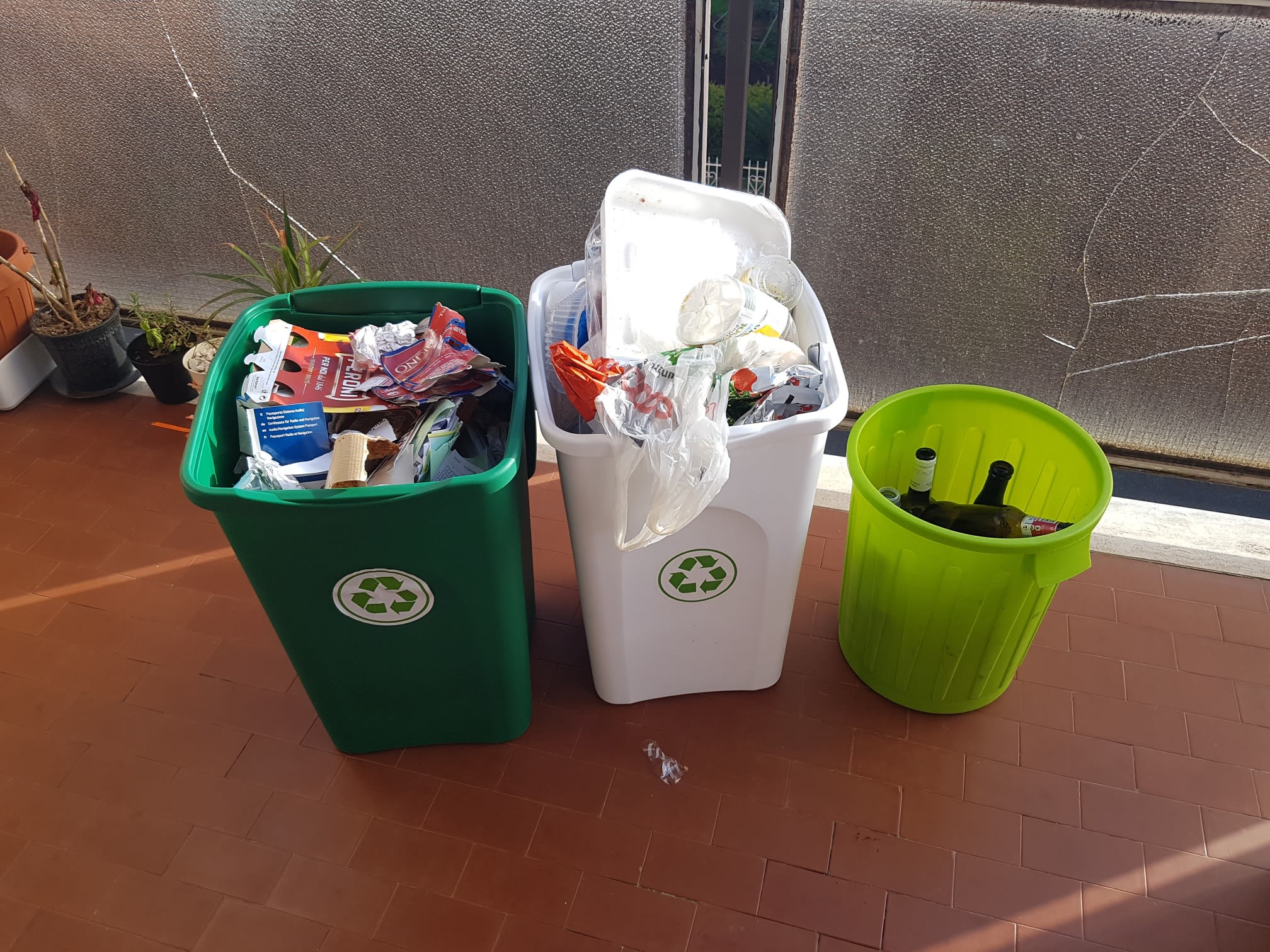
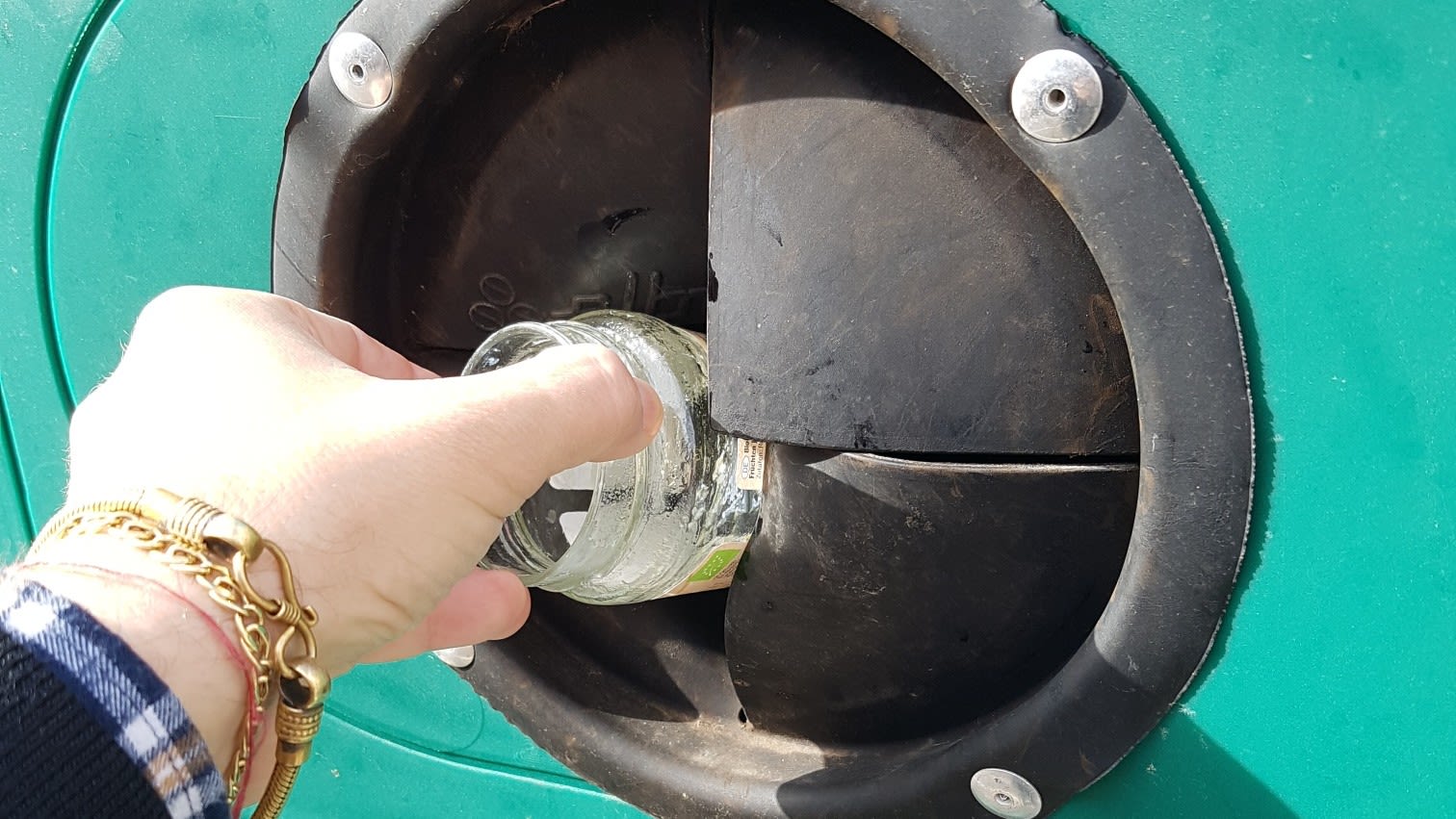
In some places recycling is enforceable by law. /Marco Colombo
In some places recycling is enforceable by law. /Marco Colombo
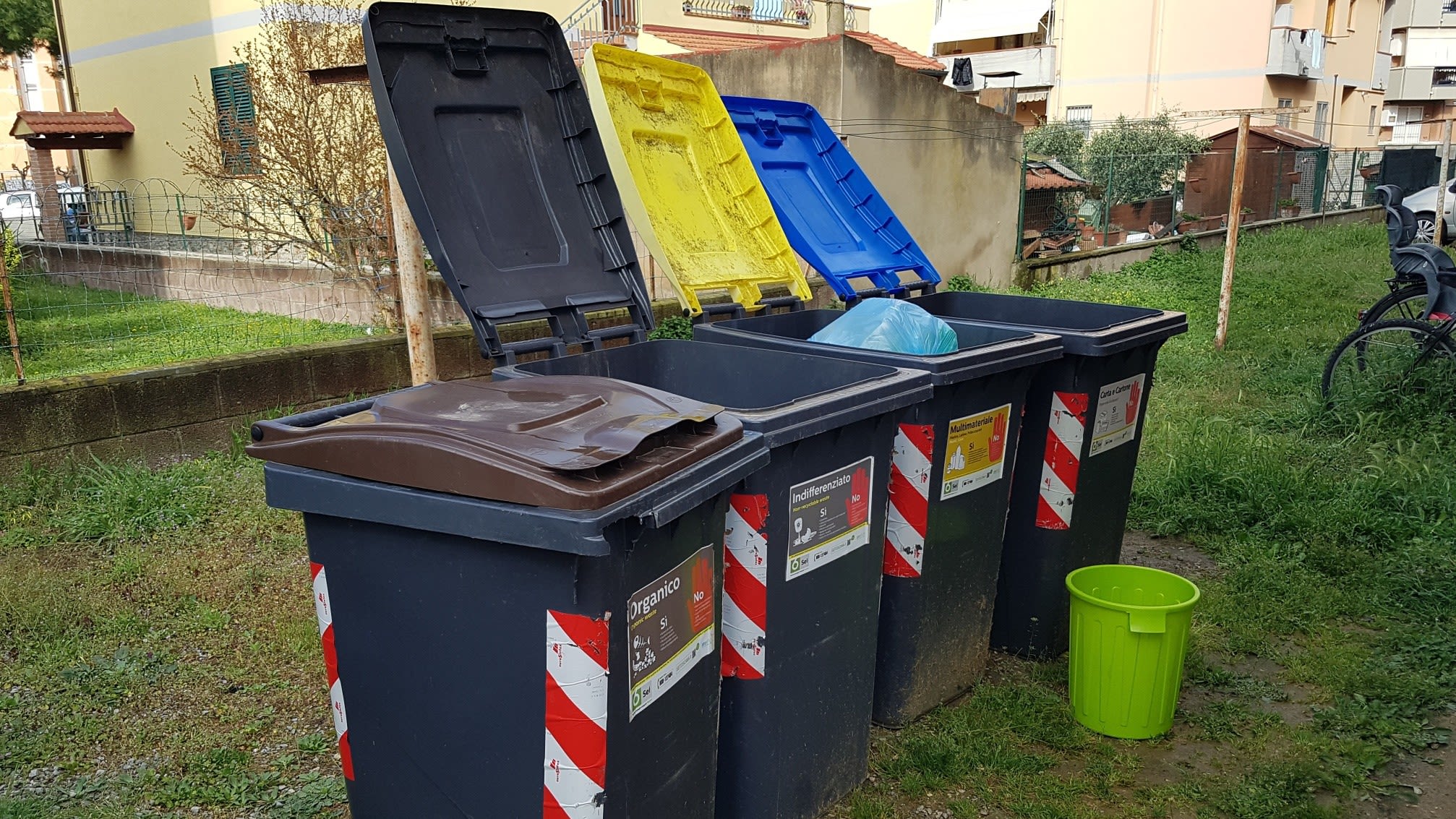
Different types of refuse now go in different bins in Italy. /Marco Colombo
Different types of refuse now go in different bins in Italy. /Marco Colombo
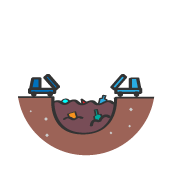
In 2008, European institutions allowed countries to use one of four different methodologies to measure their recycling targets – and those methodologies were neither directly comparable nor particularly accurate.
Countries could label everything collected separately as recycling, even if much of it ended in landfill or incineration. Another measure left it up to the individual countries to take into account losses during the process of recycling. A third method didn't account for recycling when it was sent to another country, and the transparency of the destination is lost when the trash leaves Europe.
These were huge loopholes, big enough to drive dumper trucks of waste through, which began to seriously impact the image of recycling dream. In 2018, the European Commission decided to move to one single methodology – now all member states must count their recycling at the final recycling stage. This aims to make recycling data directly comparable and more accurate.
Barczak believes this is the right decision. "It must be done at the legislation level. It's not about companies, it's about EU legislation that is then transposed into national legislation."
The European Commission has recognized that the situation requires a complete change in mindset.
"We have to focus on higher levels of the waste hierarchy, which is prevention, reuse and recycling and money will go only there from now on."
Better than the cure
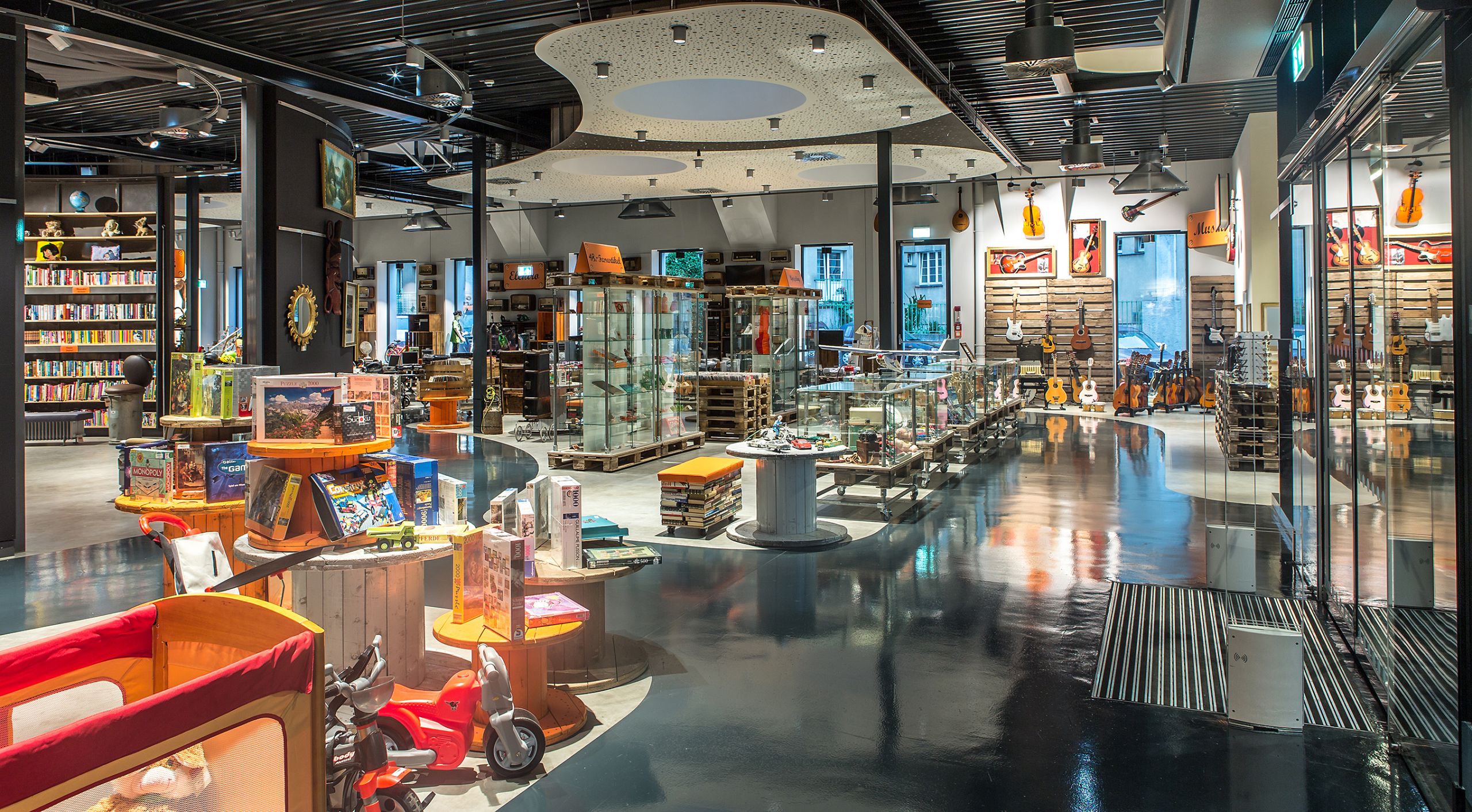
Perhaps counterintuitively, Barczak thinks there should be less emphasis on recycling – compared to other options higher up the waste hierarchy.
"Let's think about recycling as a third option – the last resort," he pleads. "Before that we have prevention."
Barczak welcomes the idea of zero-waste food shops which eliminate packaging altogether. "There are more and more shops around Europe that sell in bulk: you take your own container."
He would also welcome a return to the old-fashioned nudge system of deposits on returnable drinks containers, whether it be beer bottles or Coca-Cola cans, but he thinks the burden of waste reduction shouldn't only rest upon consumers.
Extended Producer Responsibility is a waste management strategy designed to add all the environmental costs through a product's lifestyle to its market price. True, that might push up the customer's bill at the till, but that could have a two-part benefit – either customers will buy less, or companies will curb their environmental footprints in order to keep prices down.
"The producer would pay less if they take effort to replace the toxic substances to make their product more durable or biodegradable," explains Barczak. "Banana leaves, or any kind of organic material, is a solution in situations where we still need single-use – maybe festivals."
But in most cases, he insists, we should aim for reusability. "It's nothing new – our grandparents knew that. It's very often a matter of coming back to solutions that we know."
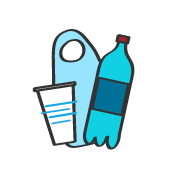
Credits
Presenters Natalie Carney, Marco Colombo
Writers Elizabeth Mearns, Gary Parkinson
Podcast producers Sarah Parfitt, Alice Castle, Terry Wilson
Video producers Susan Blackburn, James Sandifer
Animation and design James Sandifer
Season editor Elizabeth Mearns
